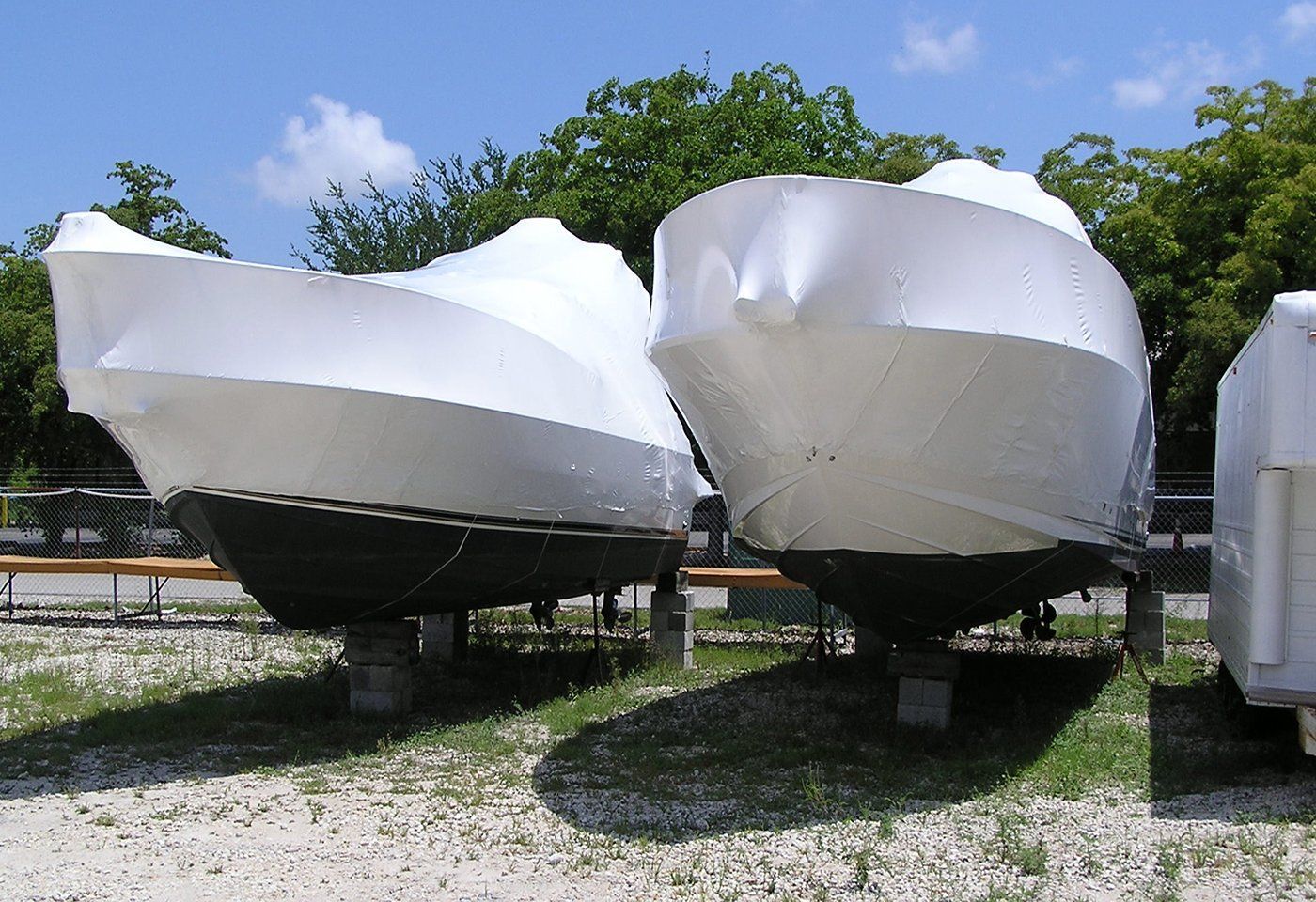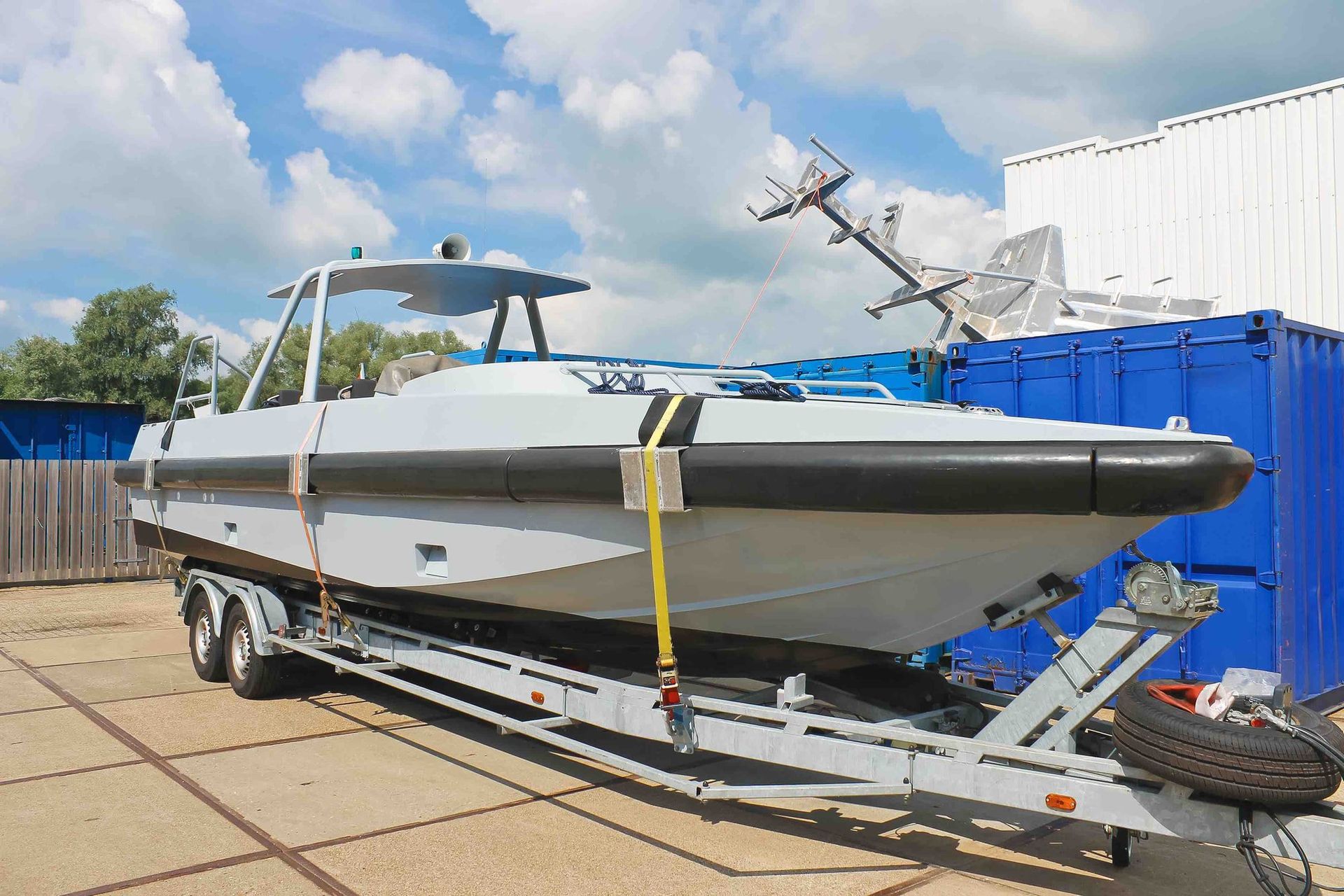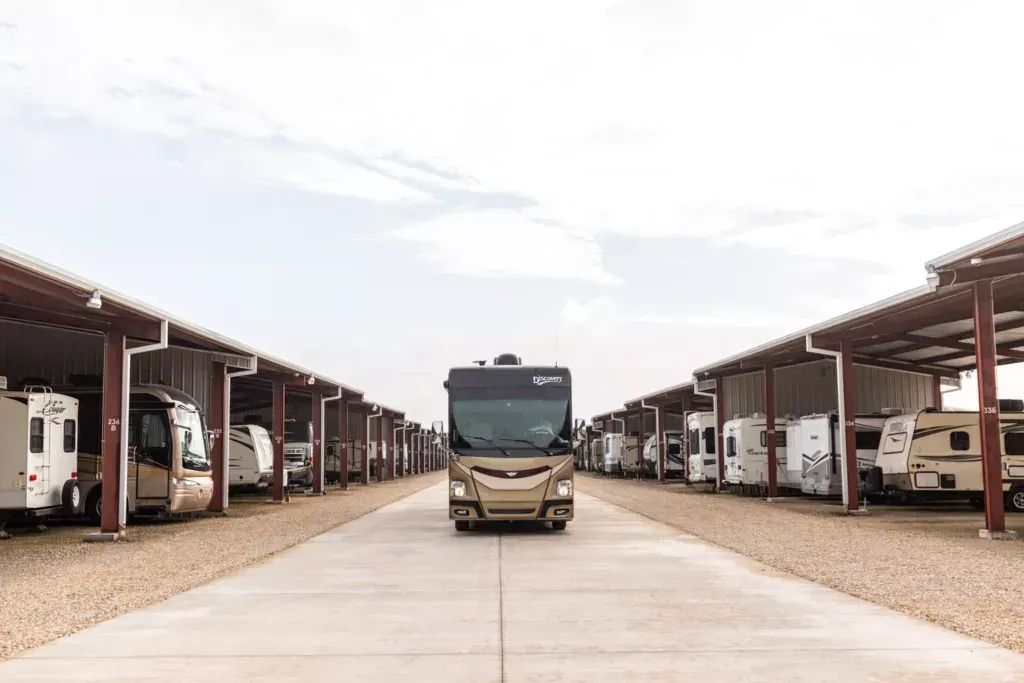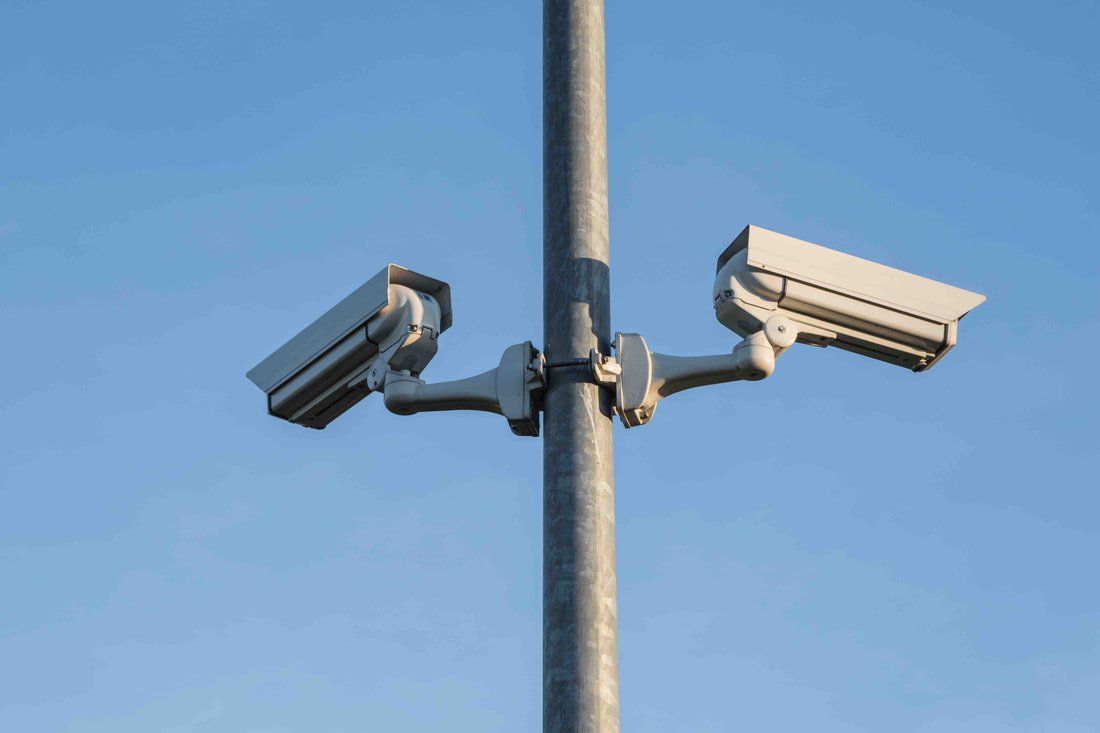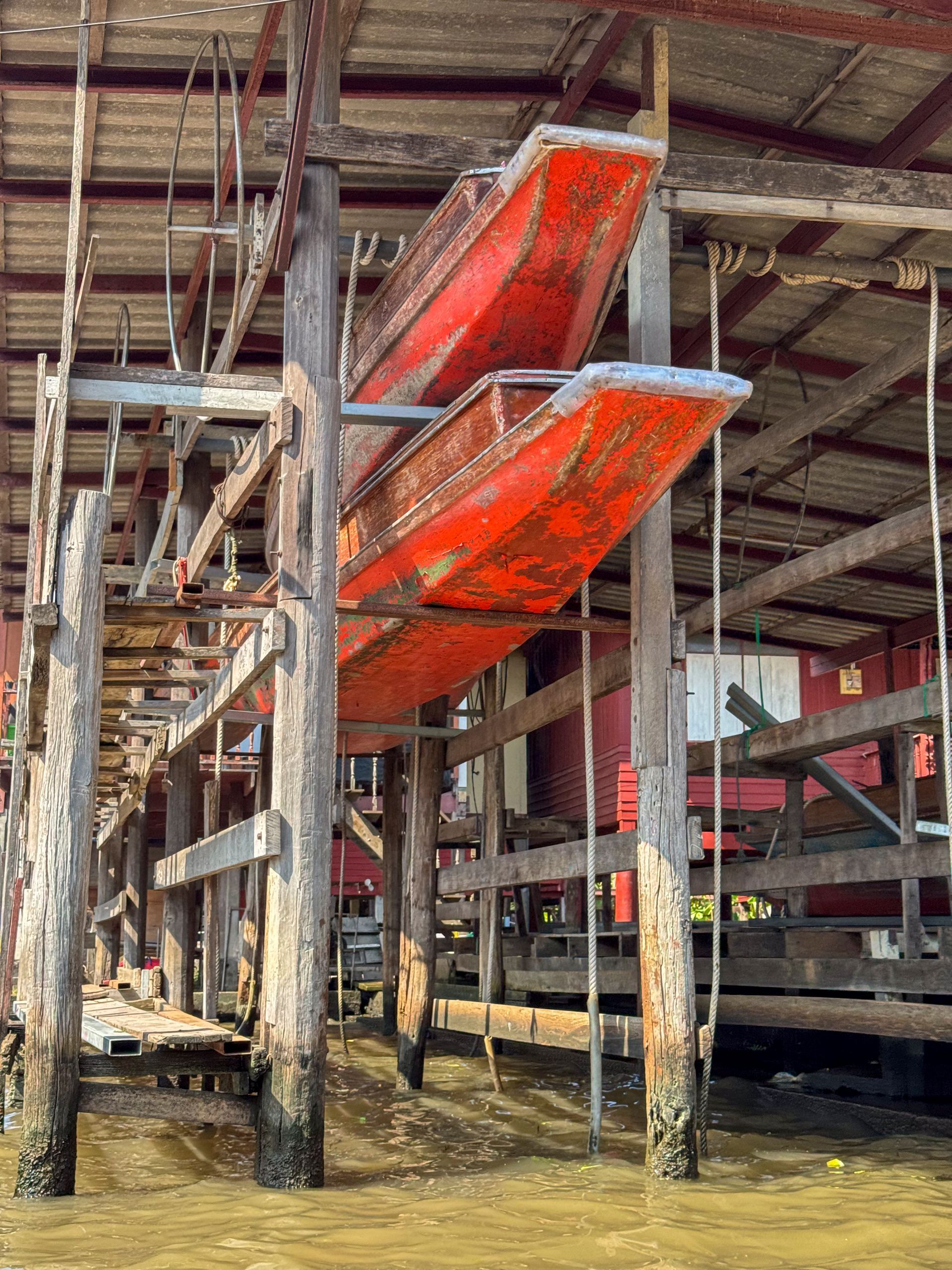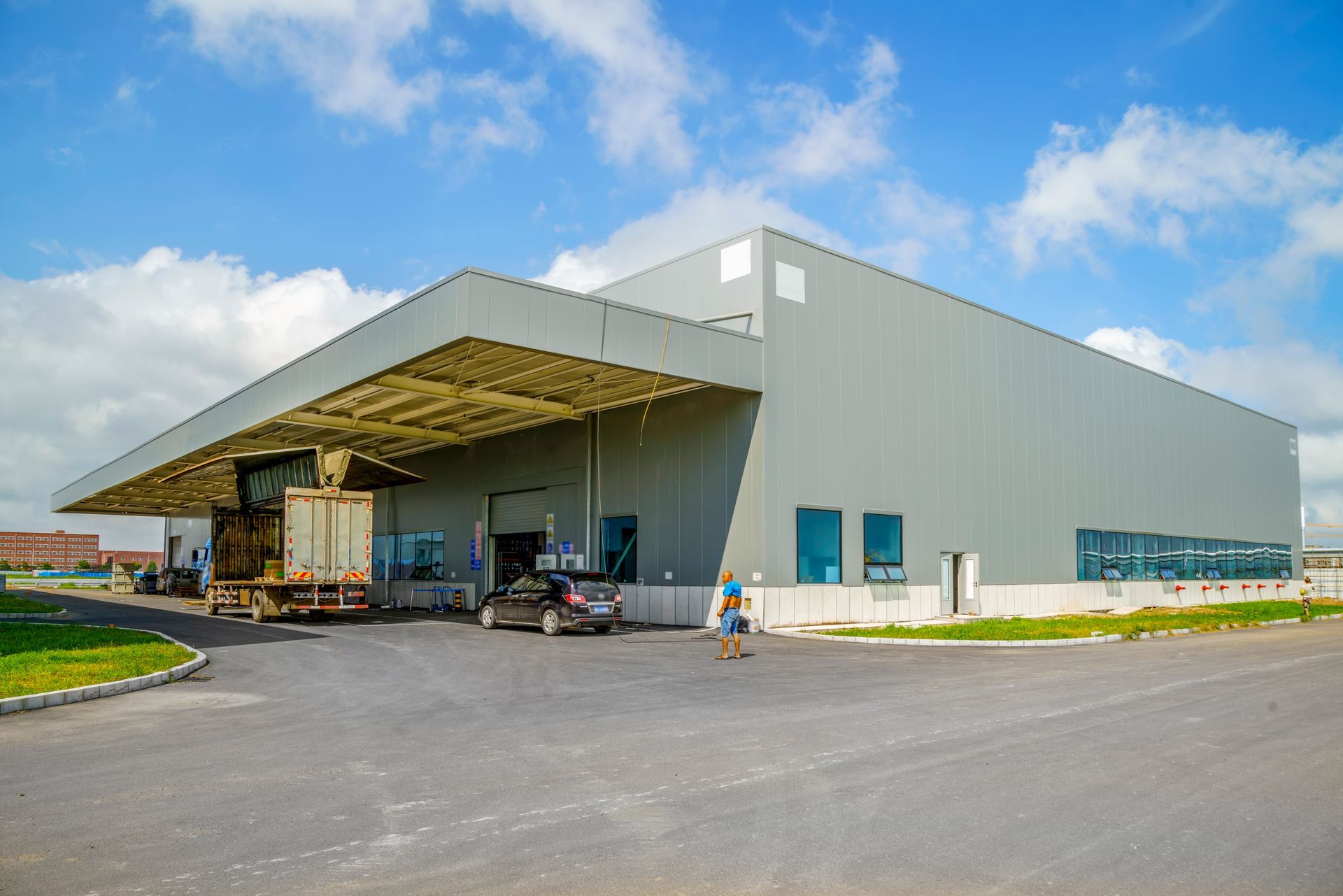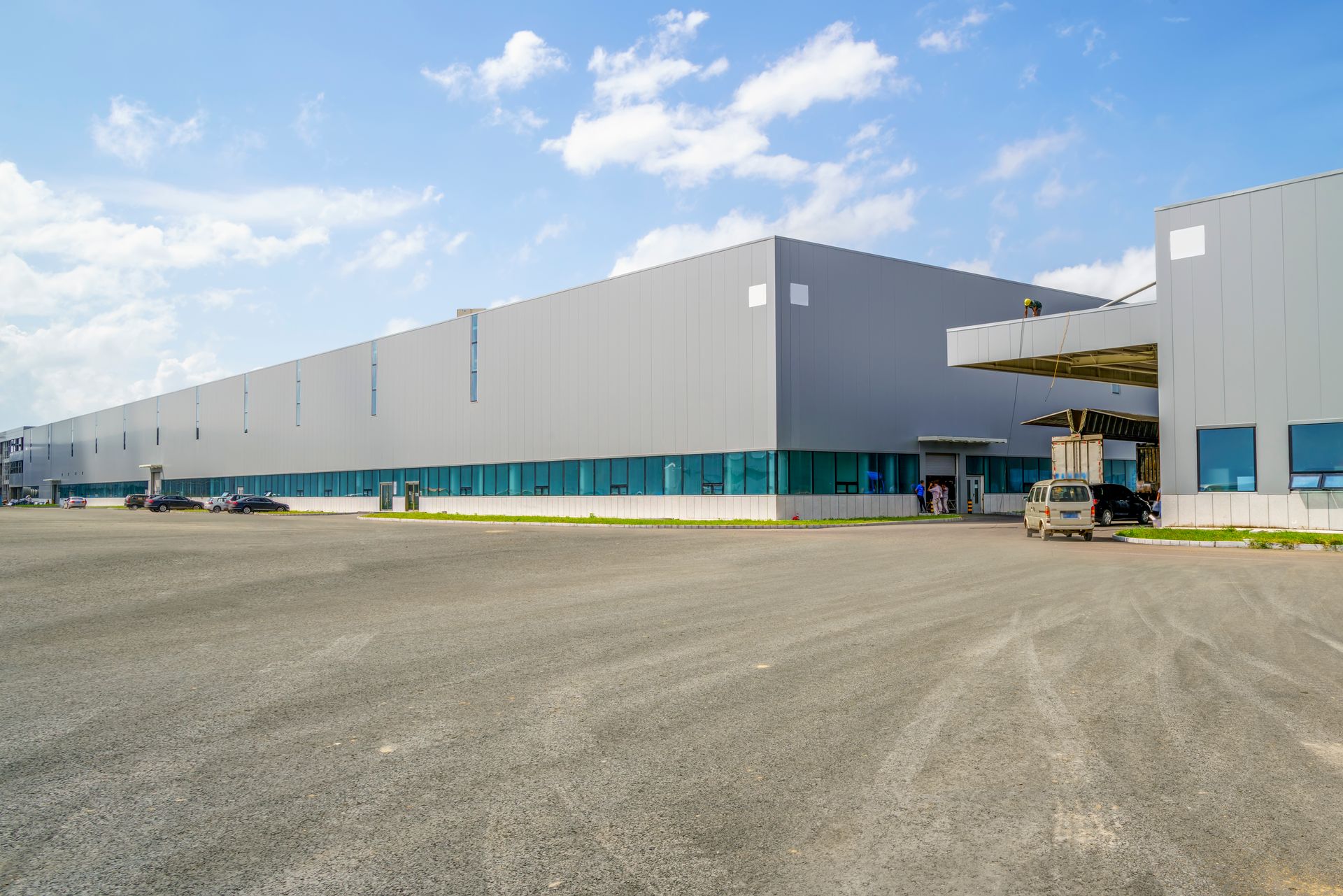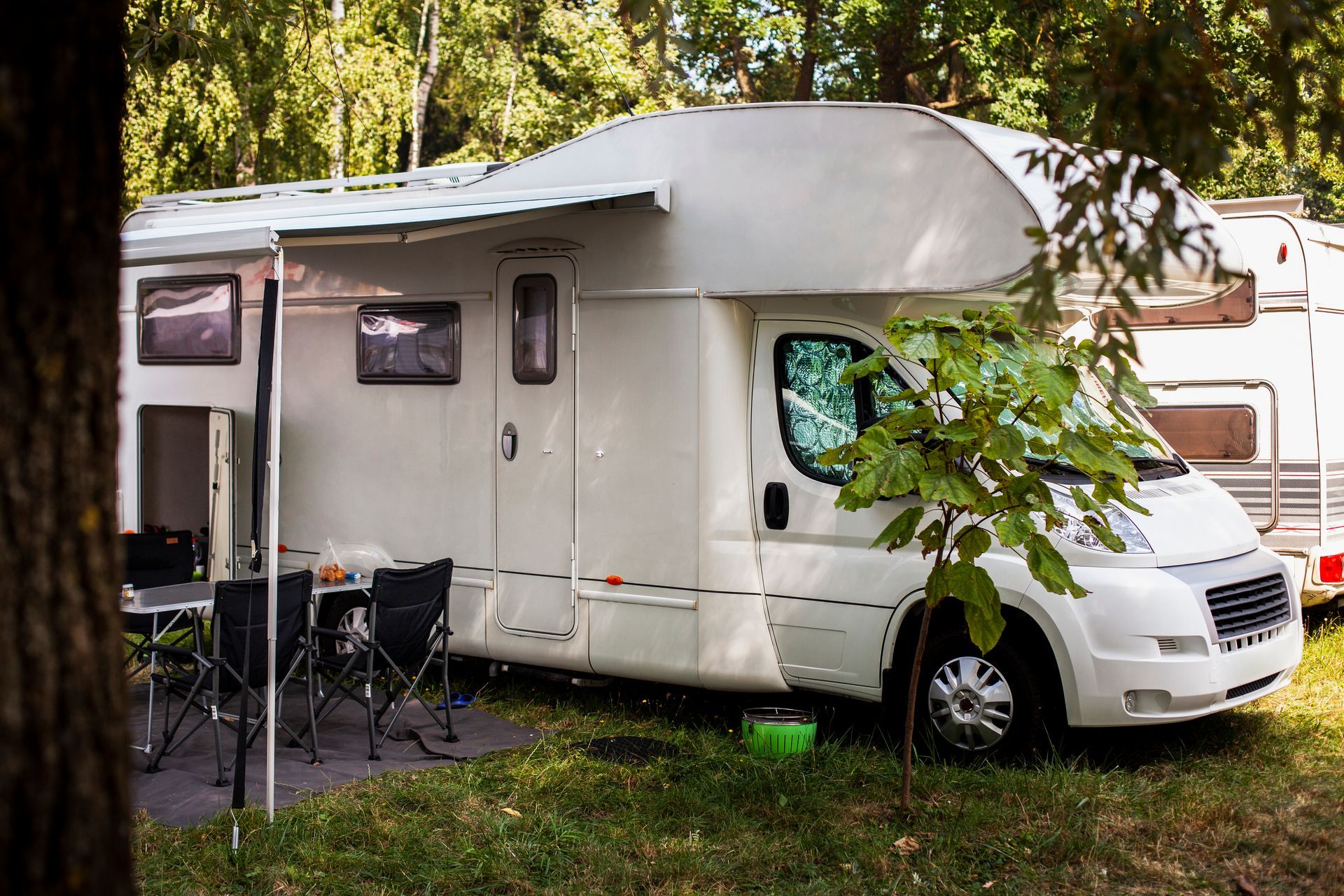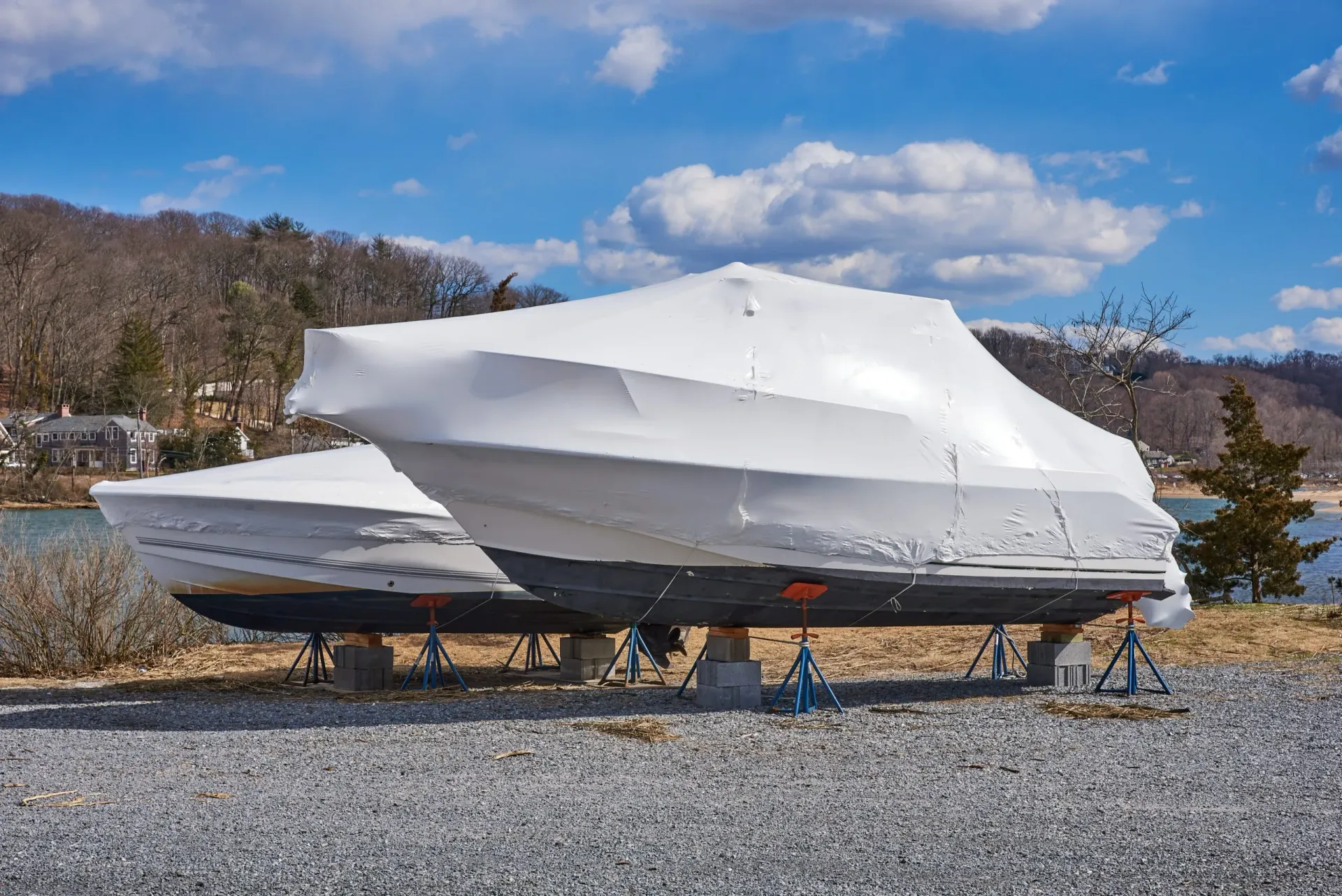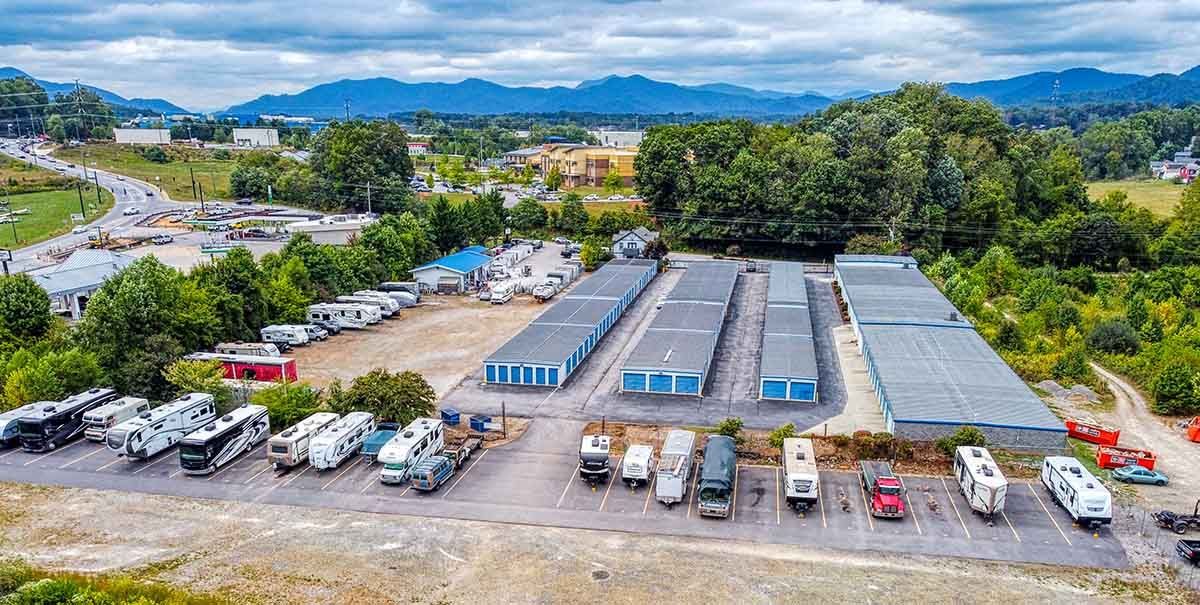How to Choose the Right RV Storage Size for Your Camper or Trailer
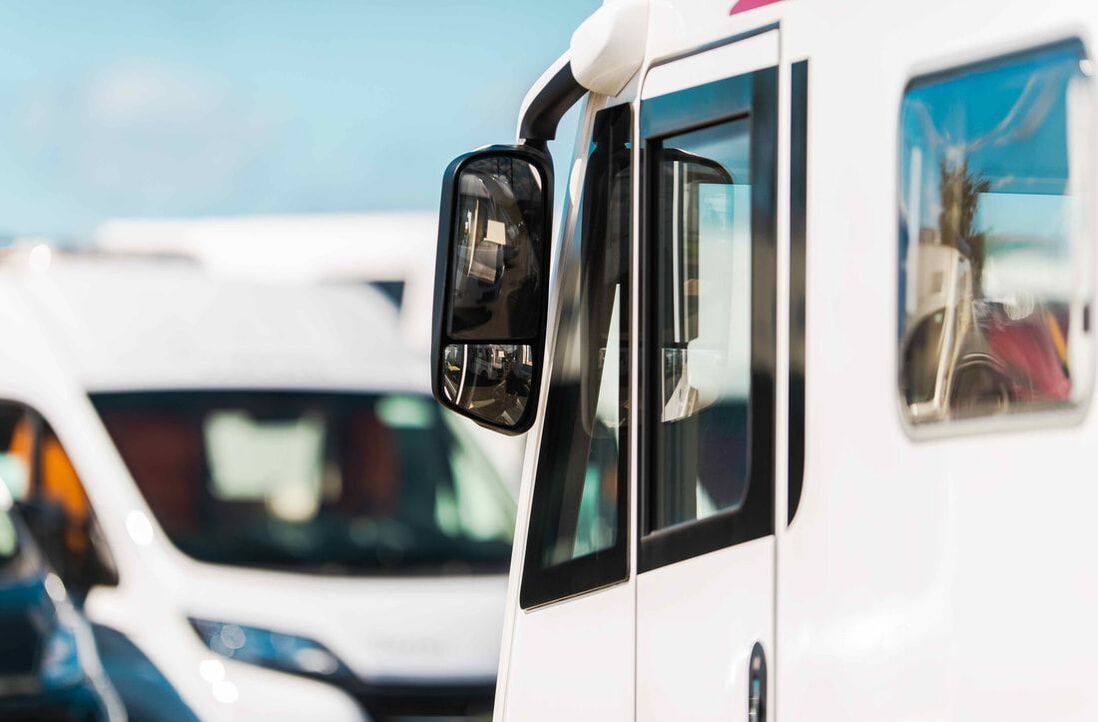
Table of Contents
- Why Getting the Right RV Storage Size Matters More Than You Think
- How We Measure RVs (And Why Accuracy Pays Off)
- Understanding Your Storage Facility Options
- Matching Different RVs to the Right Storage Unit
- Making the Most Out of Your Camper Storage Space
- Budgeting for RV Storage Without Regrets
- Common Mistakes We See (and How to Avoid Them)
- Wrapping It All Up: Picking the Best Storage Solution
Key Takeaways
- Picking the right RV Storage Size means less stress, better protection, and smarter spending.
- Measurements matter — a few inches off can cost you comfort or cash.
- Different storage facility options suit different lifestyles and budgets.
- The best choice isn’t just about vehicle size, but also about how and when you use your RV.
Why Getting the Right RV Storage Size Matters More Than You Think
Over the years, we’ve seen RV owners make the same mistake again and again: they assume any storage spot will do. The truth is, it doesn’t take long for that decision to backfire. Imagine wrestling a motorhome into a space that’s barely big enough, only to scrape a side mirror in the process. Or the opposite—paying month after month for a massive unit when a mid-sized one would have done the job just fine.
That’s why understanding your RV storage size needs is critical. Whether you’re looking into camper storage options for winter or exploring different storage facility options, the right choice protects your investment and keeps your travels stress-free.
The right RV Storage Size isn’t just about convenience. It’s about protecting an investment that, for many families, is second only to their home. It’s also about peace of mind. When you pull your camper into storage and walk away, you should feel confident that it’s secure, safe from damage, and ready to roll out when adventure calls.
We’ve been in this business long enough to know that the right fit saves time, money, and headaches down the road.
How We Measure RVs (And Why Accuracy Pays Off)
If there’s one thing we always stress, it’s this: measure your RV carefully. Guessing won’t cut it, and those online “average size” charts are often misleading.
Here’s how we do it:
- Length. We measure from the very tip of the hitch to the back bumper. And yes, that includes ladders, spare tires, bike racks—anything that sticks out. More than once, we’ve had folks forget about their rear cargo box and end up short.
- Width. If you’ll be storing with slide-outs tucked in, measure that way. But if you plan on leaving them extended (some enclosed spaces allow this), take that into account too.
- Height. Don’t forget roof accessories. Air conditioning units, roof racks, and satellite domes can add precious inches that make the difference between a smooth fit and a close call.
We always tell customers to add a little wiggle room. A few extra inches not only makes parking easier but also prevents accidental scrapes.
Understanding Your Storage Facility Options
Not every RV owner has the same needs, which is why most facilities offer several storage facility options. We’ve found that once folks understand the differences, the choice becomes much clearer.
- Outdoor storage. This is the budget-friendly option. If cost is your top priority, an open-air lot will keep your RV secure without breaking the bank. But keep in mind: your rig will be exposed to the elements. Sun, rain, snow—it all takes a toll over time.
- Covered storage. A solid middle ground. Your RV stays shielded from direct sunlight and hail, which helps preserve paint and prevent weather-related wear. For many people, this strikes the right balance between cost and protection.
- Enclosed storage. Think of this as your RV’s private garage. It’s the premium choice, and for good reason. Not only does it offer top-notch protection from weather, but it also provides the best security against theft and pests.
Each option comes with its own pros and cons. The decision usually comes down to what you value most—saving money upfront or protecting your RV long term.
Matching Different RVs to the Right Storage Unit
One of the questions we hear the most is, “What size unit do I need for my camper?” Here’s how we usually break it down for folks who stop by:
- Pop-up campers and teardrop trailers (10–20 feet). Compact and easy to maneuver, these usually fit into smaller outdoor or covered spaces. You don’t need anything oversized here.
- Travel trailers and fifth wheels (20–35 feet). Now we’re talking about mid-to-large units. Depending on how much gear you’ve added, enclosed storage might be your best bet for protection.
- Class A motorhomes (30–45 feet). These are the giants of the road, and they require the largest storage units available. If you’re driving one of these, enclosed or covered storage is almost always the smartest move.
When in doubt, we always recommend coming by with your measurements or photos. Seeing the rig in person helps us match you with the right RV storage size and makes sure you won’t run into surprises later.
Making the Most Out of Your Camper Storage Space
Even when you’ve picked the perfect size, how you use your camper storage space makes a difference.
We often suggest treating your RV as its own storage box. Instead of cluttering your garage with camping chairs, grills, or fishing gear, stow them neatly inside the RV. Use vertical space by adding shelves or stackable bins inside. It keeps things tidy and makes your setup more efficient.
Another tip? Tire care. If your camper is going to sit for months, get the tires slightly off the ground. Blocks, pads, or cradles work wonders in preventing flat spots. These small steps extend the life of your RV and make sure it’s ready when you are.
Budgeting for RV Storage Without Regrets
Let’s be honest: storage is an ongoing expense, and it’s easy to focus only on price. But here’s the thing—cheaper isn’t always cheaper in the long run.
Smaller open-air lots cost less, but the wear from weather can add up. Enclosed storage costs more, but it often saves you thousands in avoided damage. We’ve seen folks try to cut corners on storage, only to come back with cracked seals, faded paint, or weather-beaten interiors.
Another thing to think about: seasonal versus long-term rates. Some customers only need storage during the winter and appreciate short-term contracts. Others prefer year-round storage and take advantage of long-term discounts. Either way, it’s smart to match your storage contract with your actual lifestyle.
Common Mistakes We See (and How to Avoid Them)
After working with RV owners for years, a few common mistakes stand out:
- Underestimating vehicle size. Folks often forget about accessories that add length or height.
- Choosing based on cost alone. Security, accessibility, and protection matter just as much as price.
- Overlooking accessibility. If you use your RV often, you’ll want a spot that allows for easy entry and exit without a twenty-minute shuffle.
We walk customers through these points every day because fixing them later is far harder than getting them right up front.
Wrapping It All Up: Picking the Best Storage Solution
When it comes down to it, picking the right RV Storage Size is about more than numbers. It’s about making sure your camper or trailer is safe, secure, and ready for your next trip. A little planning goes a long way, and with the right advice, you can avoid costly mistakes while keeping your RV in top shape.
We’ve helped countless RV owners in our community find storage solutions that make sense for them, and we’d be glad to do the same for you. Whether you’re storing a small camper or a full-sized motorhome, we’ll walk you through your options, explain the pros and cons of each storage facility option, and make sure you land on a space that feels right.
If you’re ready to take the stress out of RV storage, reach out to us today through our contact page. Or explore more about what we offer on our home page.
At St. Charles RV Storage, we don’t just store vehicles—we protect your adventures until the road calls again.
Frequently Asked Questions
1: How do we know what RV Storage Size is right for us?
We always recommend measuring your RV carefully and adding a few extra inches for safety. By doing so, we can help you find the perfect RV storage size that protects your investment and makes parking stress-free.
2: Why should we choose camper storage instead of leaving it at home?
Using our secure camper storage means your RV stays protected from weather, theft, and damage. It also frees up space at home while giving you peace of mind that your camper is safe and ready when you need it.
3: What storage facility options do we have for our RV?
We offer multiple storage facility options including outdoor, covered, and enclosed storage. Each choice balances cost and protection differently, so we help you pick the one that fits your lifestyle and budget best.
4: Can we use camper storage during the winter months?
Absolutely! Our camper storage solutions are ideal for winter. We even recommend protective covers to shield your RV from snow, ice, and cold-weather damage, ensuring it’s in top condition for spring adventures.
5: How do we get started with RV storage?
Getting started is simple. First, measure your RV to determine the right RV storage size, then explore our storage facility options. From there, we’ll guide you through availability and contracts so you can store your RV with confidence.
